
cd_nom
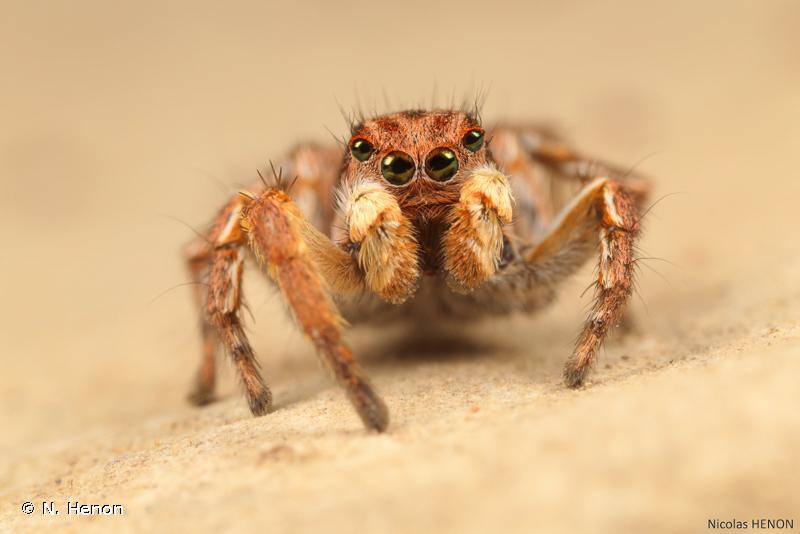
| Author : N. Henon |
 |
To get the picture, please visit:
Despite the Creative Commons license, please inform the author of the use which will be made of his photo
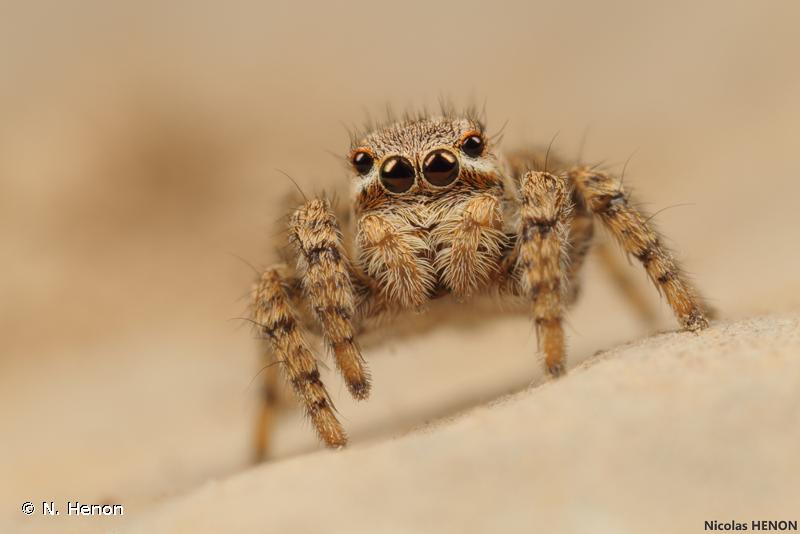
| Author : N. Henon |
 |
To get the picture, please visit:
Despite the Creative Commons license, please inform the author of the use which will be made of his photo
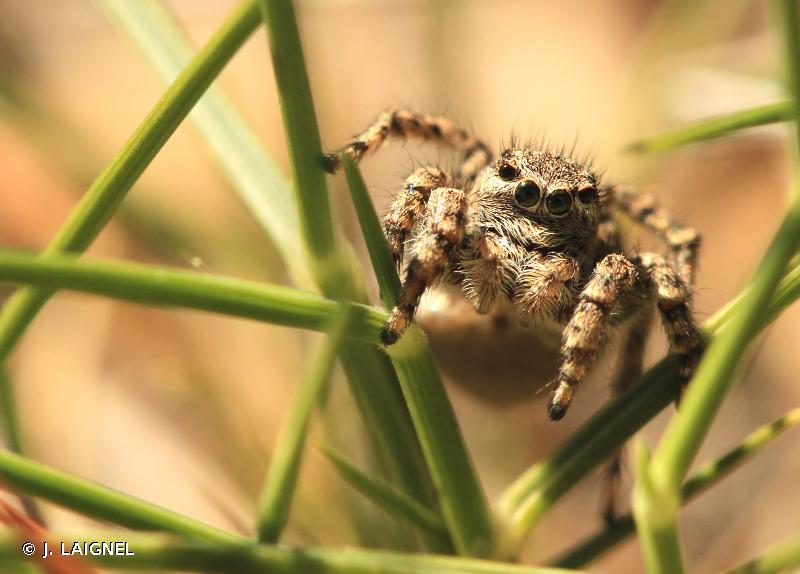
| Author : J. LAIGNEL |
 |
To get the picture, please visit:
Julien Laignel
Chargé de mission SNB - SPN/MNHN
4, avenue du Petit Château
91800 BRUNOY
Tel.: 06.10.68.23.36
Mail: julien.laignel@9online.fr
Despite the Creative Commons license, please inform the author of the use which will be made of his photo
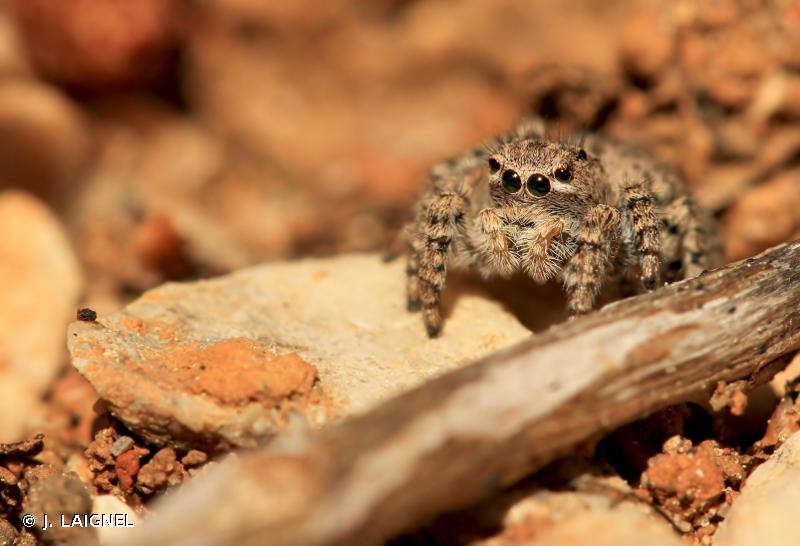
| Author : J. LAIGNEL |
 |
To get the picture, please visit:
Julien Laignel
Chargé de mission SNB - SPN/MNHN
4, avenue du Petit Château
91800 BRUNOY
Tel.: 06.10.68.23.36
Mail: julien.laignel@9online.fr
Despite the Creative Commons license, please inform the author of the use which will be made of his photo

| Author : J. LAIGNEL |
 |
To get the picture, please visit:
Julien Laignel
Chargé de mission SNB - SPN/MNHN
4, avenue du Petit Château
91800 BRUNOY
Tel.: 06.10.68.23.36
Mail: julien.laignel@9online.fr
Despite the Creative Commons license, please inform the author of the use which will be made of his photo
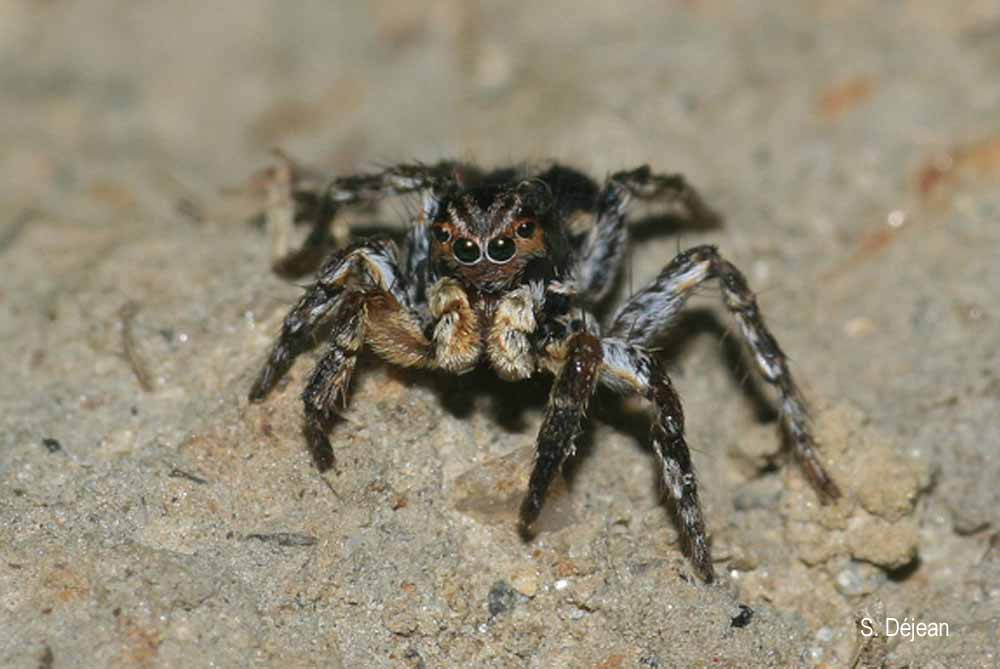
| Author : S. Déjean |
 |
To get the picture, please visit:
Sylvain Déjean
Biodiversité et gestion des territoires
Université de Rennes 1
SPN, Av du Gal leclerc
30042 Rennes Cedex
email: alain.canard@univ-rennes1.fr
Legend: Lacaune(bourion)
Any reuse of one or more photographs on this site is subject to an authorization request from the author.
Link to the Code of Intellectual Property (Legifrance)

| Author : J-J. Tilly |
 |
To get the picture, please visit:
Jean-Jacques Tilly
Association française d'Arachnologie
http://asfra.fr/Site/Main_public.html
email : inpn@mnhn.fr
Any reuse of one or more photographs on this site is subject to an authorization request from the author.
Link to the Code of Intellectual Property (Legifrance)
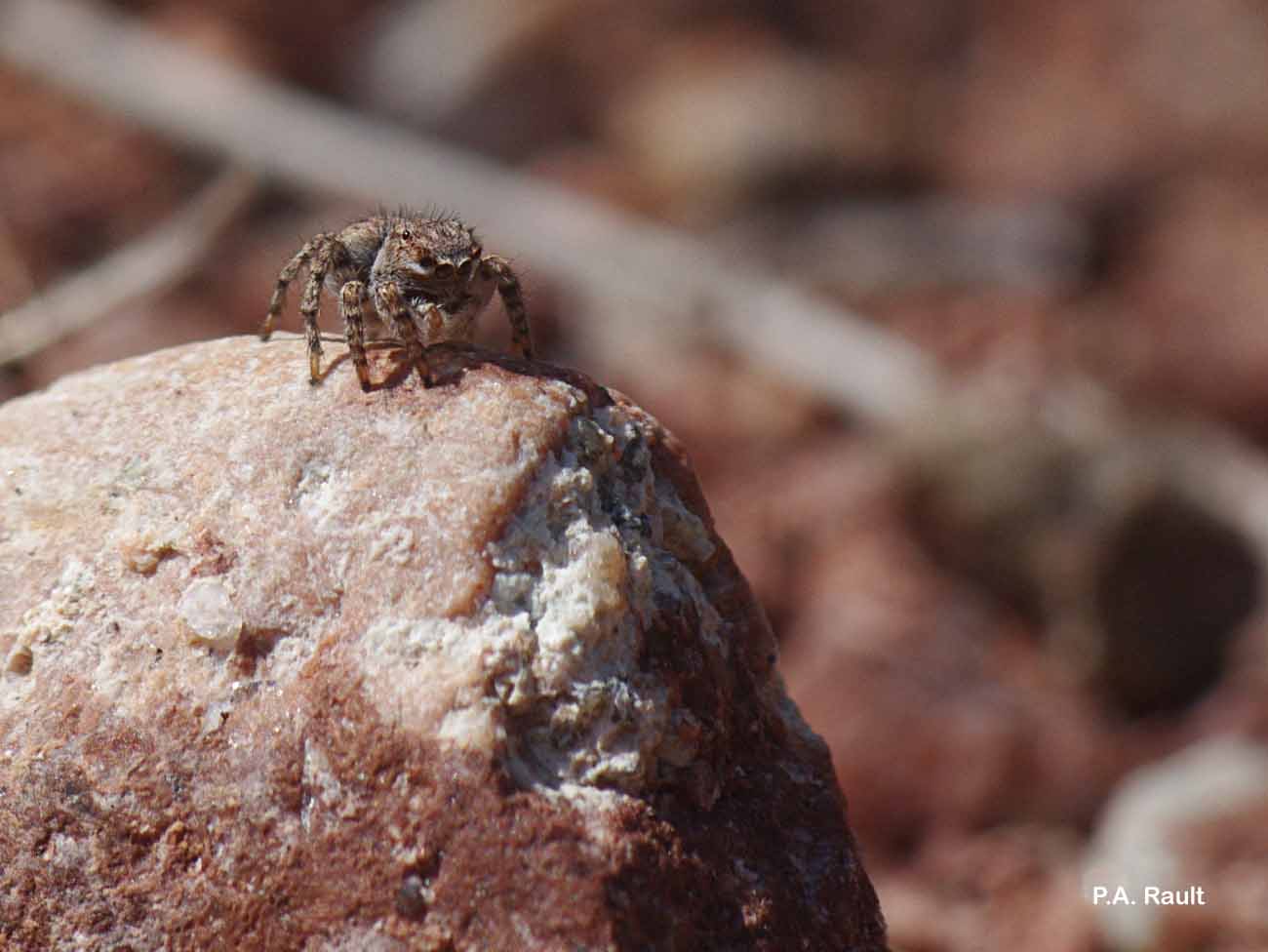
| Author : P.A. Rault |
 |
To get the picture, please visit:
Pierre Alexis RAULT
Muséum national d'Histoire naturelle - Service du Patrimoine Naturel
4 avenue du petit château
91 800 BRUNOY
e-mail : parault@mnhn.fr
Legend: Domaine de Bouis (FEGVE)
Any reuse of one or more photographs on this site is subject to an authorization request from the author.
Link to the Code of Intellectual Property (Legifrance)

| Author : S. Maerten / INPN |
 |
To get the picture, please visit:
Sandrine Maerten
inpn@mnhn.fr
Despite the Creative Commons license, please inform the author of the use which will be made of his photo

| Author : S. Maerten / INPN |
 |
To get the picture, please visit:
Sandrine Maerten
inpn@mnhn.fr
Despite the Creative Commons license, please inform the author of the use which will be made of his photo
Distribution mondiale
Europe Moyen-Orient
Caractères distinctifs, espèces
Taille - femelle : 5-7 mm, mâle : 4-5 mm.
L'organisation oculaire est caractéristique des araignées-sauteuses, avec une ligne de quatre gros yeux antérieurs orientés vers l'avant, de quatre petits yeux orientés pour deux vers les côtés et deux vers l'arrière. La femelle et les jeunes ont un corps, recouvert d'une pubescence formant des taches brun clair à brun foncé plus ou moins organisées en ligne sur le dos de l'abdomen. Le mâle est noirâtre avec une bordure latérale céphalothoracique et une bande médiane abdominale claire. Il possède à l'avant du céphalothorax une double tache jaunâtre en forme de v renversé, d'où son nom latin. Son nom commun vient aussi de cette marque frontale en forme de « v », très visible chez le mâle, moins chez la femelle.
Milieux colonisés
L'espèce est présente au sol dans les milieux ouverts : terrains sablonneux, rochers, pelouses rases.
Chasse
Ces saltiques sont actifs au soleil dans des milieux où la température peut dépasser 50°. Ils chassent les insectes qui fréquentent ces milieux tels les criquets dont ils capturent des individus souvent plus gros qu'eux. Ils passent leur période d'inactivité journalière dans une loge de soie, souvent tissée dans des anfractuosités de rochers. Le jour, ils restent dans la loge lorsqu'il pleut ou que le temps n'est pas favorable à la chasse.
Développement, cycle
Les adultes sont présents dès le début du printemps, les femelles sont présentes jusqu'à l'automne. Le cycle est annuel. La danse nuptiale du mâle est assez spectaculaire. Un mâle, qui a débuté une danse devant une femelle, ne semble pas être gêné par une approche humaine mais réagit très vite si un autre mâle se présente. La ponte, gardée dans une loge de soie par la femelle, comprend une quarantaine d'œufs. Sortis du cocon, les jeunes restent peu de temps avec la femelle puis se dispersent.
A. Canard(Université de Rennes/Service du Patrimoine Naturel, MNHN),2014
Continental
Metropolitan France
Overseas
Marine
Metropolitan France
Overseas
The map presents a summary at the 10 x 10 km grid of the observation data for the species transmitted to the SINP. These data have been subjected to validation filters.
The map presents a reference distribution layer of the species at the scale of departments and marine sectors. The presence and absence data were established by expertise within a network of partners. This reference distribution is used in the validation process of the SINP data at the INPN level.
Corresponds to a report on the basis of at least one observation proved within a period of 10 years (20 years for little-known invertebrates) preceding the year and no presumption of extinction since obtaining the last data nor doubt on reproductive and implemented nature of this population. For migratory species, the presence indicated concerns areas of reproduction.
This status is based on one or more of the following criteria:
This point covers the absence, more difficult by nature to demonstrate than presence. This status is based on one or more of the following criteria:
This status must be assigned to a department in which the presence of the species is casual.
Particular case of absence due to a proven extinction less than a half century ago (older disappearances are treated as "no probable or definite").
In the state of knowledge, we can not comment on the presence or absence in the current department. This is the default status when not comprised in one of the previous categories or whenever there is doubt.
The map shows the global distribution of the species based on GBIF data (Global Biodiversity Information Facility).
